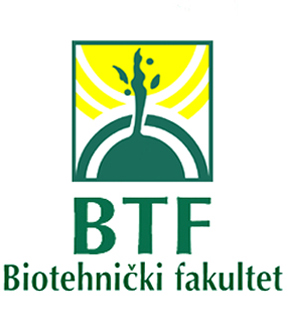| Abstract : |
The cooking temperature of cheese affects the degree and pattern of proteolysis due to the residual activity of chymosin, leading to variations between different cheese varieties. The main objective of this research is to investigate the chemical and biochemical changes in brined cheeses produced with and without cooking, in order to control and enhance cheese quality. Brined cheeses made with ewe’s milk combined with different technologies of curd treatment (cooked-C vs uncooked -N), were studied for their total free amino acid (TFAA) content, water-soluble nitrogen (WSN), 12% trichloroacetic acid-soluble nitrogen (TCA-SN) and angiotensin-converting enzyme-inhibition activity (ACE-i). (N) cheeses had the highest pH, fat, and salt value than (C) cheese. Also, the higher TFAA mg Leu/kg, DPPH (2,2-diphenyl-1-picrylhydrazyl), and ABTS (2,2-azinobis, 3-ethylenebenzothiazoline-6-sulfonic acid) were conducted in the uncooked cheese. Cooked curd cheese was the most active with an ACE-i activity of 93.1%. On the contrary, the same cheese showed the lowest antioxidant activity (88.1%). The RP-HPLC profiles show that the formation rate of smaller peptides was increased in cheese made without heat treatment than in heat treated one probably due to the heat deactivation process of proteolytic enzymes. Maillard reaction during cooked (C) cheeses has implicated that volatile formation is caused through reactions in higher temperature treatment. |

